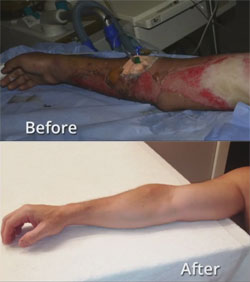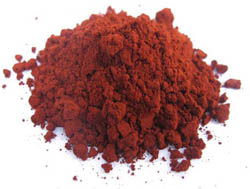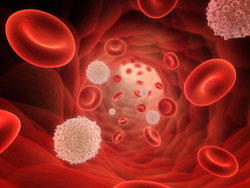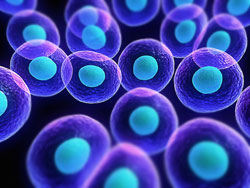Which Produce Has the Most and Least Pesticide Contamination

More and more Americans are demanding food free of synthetic chemicals. But tests by the U.S. Department of Agriculture found that nearly 70 percent of samples of 48 types of conventionally grown produce were contaminated with pesticide residues.
The USDA found a total of 178 different pesticides and pesticide breakdown products on the thousands of produce samples it analyzed. The pesticides persisted on fruits and vegetables even when they were washed and, in some cases, peeled.
But there are stark differences in the number and amount of pesticides on various types of produce. The Environmental Working Group’s annual Shopper’s Guide to Pesticides in Produce lists the 12 fruits and vegetables with the most pesticide residues, and the 15, for which few, if any, residues were detected.
When buying organic produce is not an option, use the Shopper’s Guide to choose foods lower in pesticide residues. With the Shopper’s Guide, you can have the health benefits of a diet rich in fruits and vegetables while limiting your exposure to pesticides.
This year the list of produce with the highest loads of pesticide residues includes, in order starting with the highest contamination:
1. Strawberries
2. Spinach
3. Nectarines
4. Apples
5. Peaches
6. Celery
7. Grapes
8. Pears
9. Cherries
10. Tomatoes
11. Sweet bell peppers
12. Potatoes
Each of these foods tested positive for a number of different pesticide residues and contained higher concentrations of pesticides than other produce. More than 98 percent of samples of strawberries, spinach, peaches, nectarines, cherries and apples tested positive for residue of at least one pesticide. A single sample of strawberries showed 20 different pesticides. Spinach samples had, on average, twice as much pesticide residue by weight than any other crop.
The Environmental Working Group’s list of produce least likely to contain pesticide residues included:
1. Sweet Corn
2. Avocados
3. Pineapples
4. Cabbage
5. Onions
6. Frozen sweet peas
7. Papayas
8. Asparagus
9. Mangoes
10. Eggplant
11. Honeydew melon
12. Kiwis
13. Cantaloupe
14. Cauliflower
15. Grapefruit
Relatively few pesticides were detected on these foods, and tests found low total concentrations of pesticide residues on them. Avocados and sweet corn were the cleanest with only 1 percent of the samples showing any detectable pesticides. More than 80 percent of pineapples, papayas, asparagus, onions and cabbage had no pesticide residues. No single fruit sample from the cleanest list tested positive for more than four types of pesticides. Multiple pesticide residues are extremely rare on these vegetables. Only 5 percent of had two or more pesticides.
Most processed foods typically contain one or more ingredient derived from genetically engineered crops, such as corn syrup and corn oil made from predominantly GMO starchy field corn. Yet GMO food is not often found in the produce section of American supermarkets. A small percentage of zucchini, yellow squash and sweet corn is genetically modified. Most Hawaiian papaya is GMO. Other varieties of GMO foods are currently being tested. The USDA may approve them in the future.
Because federal law does not require labeling of genetically engineered produce, people who want to avoid GMO crops can purchase organically grown sweet corn, papaya, zucchini and yellow squash. For processed foods, look for items that are certified organic.
People who eat organic produce eat fewer pesticides. A 2015 study by Cynthia Curl of the University of Washington found that people who report they “often or always” buy organic produce had significantly less organophosphate insecticides in their urine samples. This was true even though they reported eating 70 percent more servings of fruits and vegetables per day than adults reporting they “rarely or never” purchase organic produce. Several long-term observational studies have indicated that organophosphate insecticides may impair children’s brain development.
In 2012, the American Academy of Pediatrics issued an important report that said children have “unique susceptibilities to [pesticide residues’] potential toxicity.” The pediatricians’ organization cited research that linked pesticide exposures in early life to “pediatric cancers, decreased cognitive function, and behavioral problems.” It advised its members to urge parents to consult “reliable resources that provide information on the relative pesticide content of various fruits and vegetables.”










